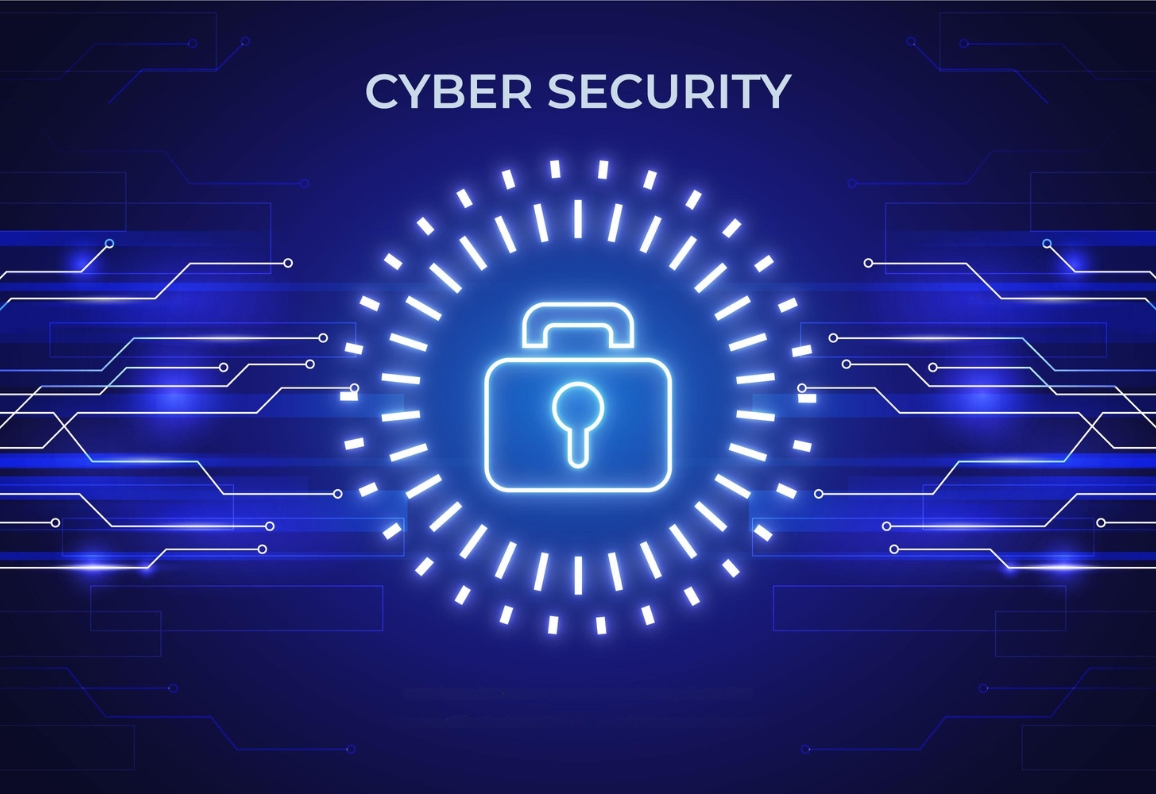Introduction: The Myth of the Perimeter Is Dead
For decades, enterprise security was built on a simple, but now outdated, idea: trust but verify. IT teams set up strong perimeters—firewalls, VPNs, gateways—believing that once you’re inside, you’re safe. But today, in a world where remote work, cloud services, and mobile devices dominate, that perimeter has all but disappeared.
The modern digital enterprise isn’t confined to a single network. Employees log in from coffee shops, homes, airports. Devices get shared, stolen, or lost. APIs and third-party tools connect deeply with core systems. This creates a massive, fragmented attack surface—and trusting anything by default is a huge risk.
Enter Zero Trust Architecture (ZTA)—a new security mindset based on one core rule: never trust, always verify. Nothing inside or outside the network is trusted without thorough, ongoing verification.
Zero Trust isn’t just a buzzword or a compliance box to tick anymore. It’s a critical business requirement.
The Problem: Trust Has Become a Vulnerability
Why the Old Model Is Breaking
The old security approach assumes that once a user or device is authenticated, they’re safe. But today’s breaches often start from inside the network—a hacked employee account, an unpatched laptop, a misconfigured cloud bucket.
Recent attacks like SolarWinds and Colonial Pipeline showed how attackers don’t just break through the perimeter—they exploit trust after they’re inside, moving laterally, stealing data silently for months.
Data Lives Everywhere — But the Perimeter Doesn’t
Today’s businesses rely on a mix of:
-
SaaS platforms
-
Multiple clouds (public and private)
-
Edge and mobile devices
-
Third-party services
Sensitive data isn’t locked away in one data center anymore; it’s scattered across tools, apps, and endpoints. Defending just the perimeter is like locking your front door but leaving all the windows open.
Why Zero Trust Is Now a Business Imperative
Zero Trust flips the old model on its head: every access request is scrutinized every time, with no exceptions.
Here’s why Zero Trust can’t be ignored:
1. Adaptive Security, Not Static
Zero Trust is proactive. Instead of fixed rules, it uses continuous analysis of:
-
Who the user is and their role
-
Device health and security posture
-
Location and network context
-
Past and current behavior
Access decisions change in real time based on risk—helping you stop threats before damage occurs.
2. Shrinks the Attack Surface
By applying least privilege access, users, apps, and devices only get what they absolutely need. If one account is compromised, attackers can’t roam freely inside your network.
Zero Trust creates isolated zones—no soft spots for attackers.
3. Designed for the Cloud Era
It works naturally with:
-
Cloud platforms (AWS, Azure, GCP)
-
Microservices and containers
It treats every component as potentially hostile, perfect for hybrid and multi-cloud setups where old boundaries don’t exist.
4. Built for Compliance
Data privacy laws like GDPR, HIPAA, and India’s DPDP require detailed access controls and audits. Zero Trust provides:
-
Fine-grained logs of users and devices
-
Role-based controls
-
Automated compliance reporting
It’s not just security—it’s responsible governance.
The Three Core Pillars of Zero Trust
To succeed, Zero Trust is built on these key principles:
1. Verify Explicitly
Authenticate and authorize every request using multiple signals—user identity, device status, location, behavior patterns, and risk scores. No shortcuts.
2. Assume Breach
Design as if attackers are already inside. Segment workloads, monitor constantly, and be ready to contain damage fast.
3. Enforce Least Privilege
Grant minimal, temporary access based on roles. Regularly review and revoke unused permissions.
Bringing Zero Trust to Life: A Practical Roadmap
Zero Trust isn’t just a theory—it requires concrete tools and strategies:
1. Identity-Centric Security
Identity is the new perimeter. Invest in:
-
Multi-Factor Authentication (MFA)
-
Single Sign-On (SSO)
-
Role-Based Access Controls (RBAC)
-
Federated Identity Providers
This ensures users are checked at every access point.
2. Micro-Segmentation
Divide your network into secure zones. If one part is breached, others stay protected. Think of it as internal blast walls.
3. Endpoint Validation
Only allow compliant devices—corporate or BYOD—using tools like:
-
Endpoint Detection & Response (EDR)
-
Mobile Device Management (MDM)
-
Posture checks (OS updates, antivirus)
4. Behavioral Analytics
Legitimate credentials can be misused. Use User and Entity Behavior Analytics (UEBA) to catch unusual activities like:
-
Odd login times
-
Rapid file downloads
-
Access from unexpected locations
This helps stop insider threats before damage happens.
How EDSPL Is Driving Zero Trust Transformation
At EDSPL, we know Zero Trust isn’t a product—it’s a continuous journey touching every part of your digital ecosystem.
Here’s how we make Zero Trust work for you:
Tailored Zero Trust Blueprints
We start by understanding your current setup, business goals, and compliance needs to craft a personalized roadmap.
Secure Software Development
Our apps are built with security baked in from day one, including encrypted APIs and strict access controls (application security).
Continuous Testing
Using Vulnerability Assessments, Penetration Testing, and Breach & Attack Simulations, we keep your defenses sharp and resilient.
24x7 SOC Monitoring
Our Security Operations Center watches your environment around the clock, detecting and responding to threats instantly.
Zero Trust Is a Journey — Don’t Wait Until It’s Too Late
Implementing Zero Trust takes effort—rethinking identities, policies, networks, and culture. But the cost of delay is huge:
-
One stolen credential can lead to ransomware lockdown.
-
One exposed API can leak thousands of records.
-
One unverified device can infect your entire network.
The best time to start was yesterday. The second-best time is now.
Conclusion: Trust Nothing, Protect Everything
Cybersecurity must keep pace with business change. Static walls and blind trust don’t work anymore. The future is decentralized, intelligent, and adaptive.
Zero Trust is not a question of if — it’s when. And with EDSPL by your side, your journey will be smart, scalable, and secure.
Ready to Transform Your Security Posture?
EDSPL is here to help you take confident steps towards a safer digital future. Let’s build a world where trust is earned, never assumed.
Visit Reach Us
Book a Zero Trust Assessment
Talk to Our Cybersecurity Architects
Zero Trust starts now—because tomorrow might be too late.


